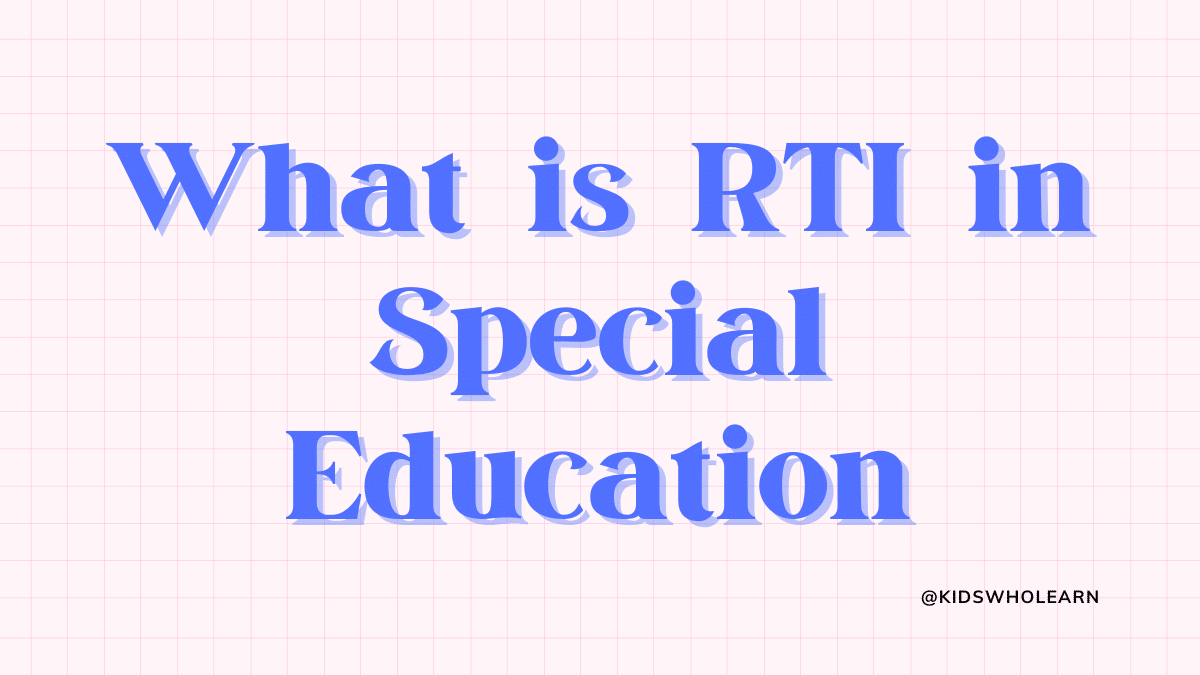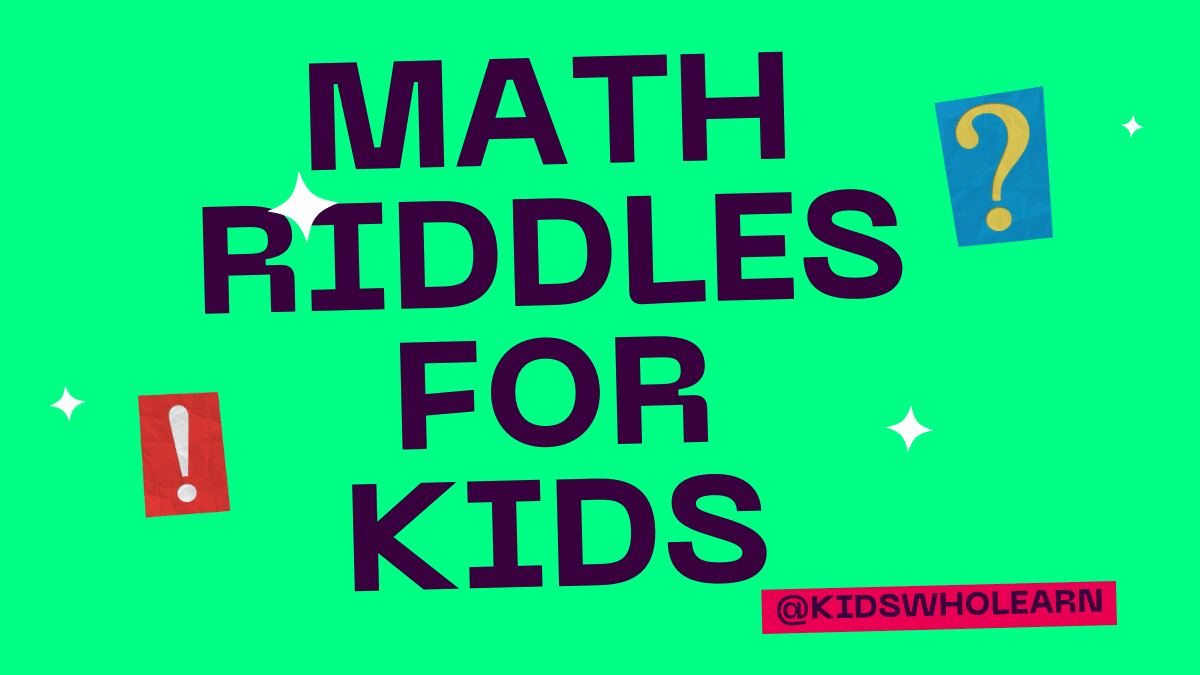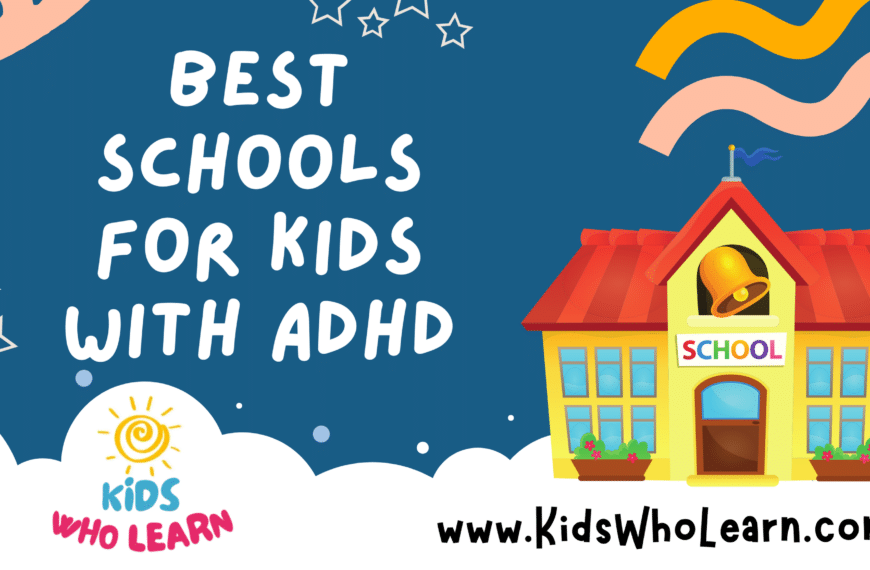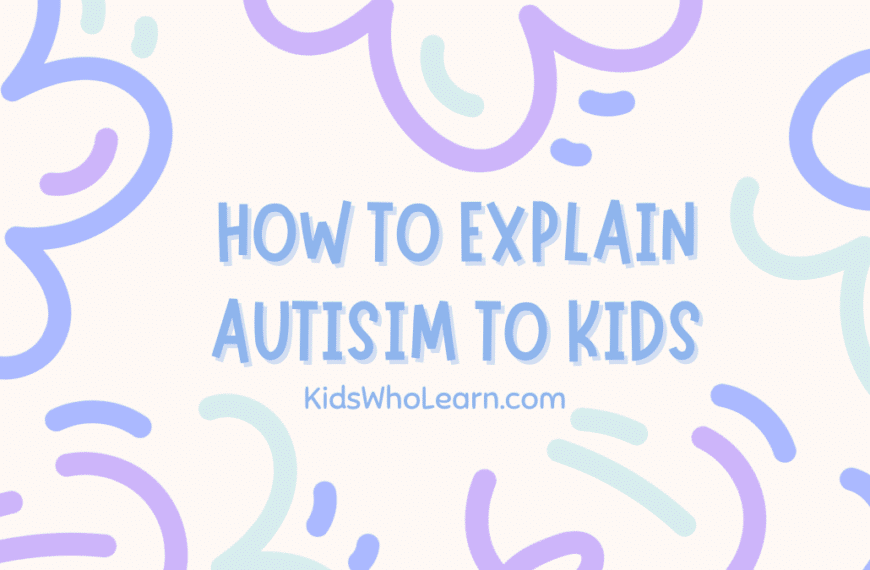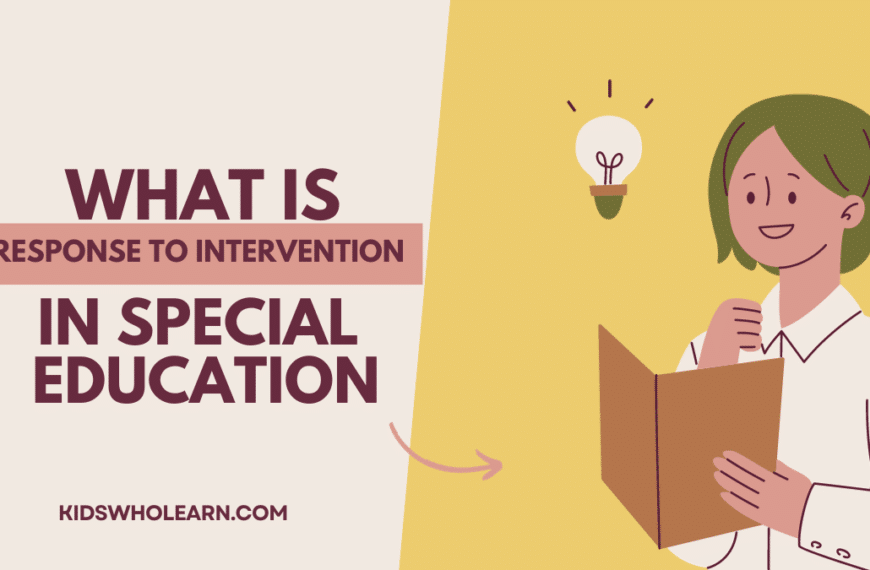If you have a child with special needs, you may have heard the term “RTI” thrown around in conversations with teachers or other parents. But what exactly is RTI and how does it relate to special education? RTI stands for Response to Intervention, which is a multi-tiered approach to identifying and supporting students who may be struggling with academic or behavioral challenges.
In the context of special education, RTI is often used as a way to identify students who may need additional support or services beyond what is traditionally offered in the classroom. By using a data-driven approach to monitor student progress and provide targeted interventions, RTI aims to help students succeed academically and behaviorally. In this article, we’ll explore the basics of RTI in special education, including the process, benefits, and challenges of implementation.
Key Takeaways
- RTI stands for Response to Intervention and is a multi-tiered approach to identifying and supporting students who may be struggling with academic or behavioral challenges.
- In special education, RTI is often used to identify students who may need additional support or services beyond what is traditionally offered in the classroom.
- The RTI process involves monitoring student progress and providing targeted interventions to help students succeed academically and behaviorally. However, implementing RTI can come with its own set of challenges.
Understanding RTI in Special Education
Definition of RTI
RTI stands for Response to Intervention. It is a multi-tiered approach to identifying and supporting students with learning and behavioral needs. The goal of RTI is to provide early intervention and support to students who are struggling academically or behaviorally, before they fall too far behind.
RTI is a process that involves a series of steps to identify, assess, and monitor a student’s progress. The process begins with universal screening to identify students who may be at risk for academic or behavioral difficulties. Students who are identified as at risk are then provided with targeted interventions and progress is monitored closely. If a student does not respond to the targeted interventions, more intensive interventions are provided.
Purpose of RTI
The purpose of RTI is to provide early intervention and support to students who are struggling academically or behaviorally. RTI helps teachers identify students who may need additional support and provides a framework for providing that support. RTI also helps to prevent students from falling too far behind, which can lead to long-term academic and behavioral difficulties.
RTI is a collaborative process that involves teachers, parents, and other professionals working together to support students. It is important to note that RTI is not a one-size-fits-all approach. The interventions and supports provided to students are tailored to their specific needs and are based on ongoing assessment and monitoring of their progress.
In summary, RTI is a multi-tiered approach to identifying and supporting students with learning and behavioral needs. The goal of RTI is to provide early intervention and support to students who are struggling academically or behaviorally, before they fall too far behind. RTI is a collaborative process that involves teachers, parents, and other professionals working together to support students.
The RTI Process
The Response to Intervention (RTI) process is a multi-tiered approach to identifying and addressing the needs of students who may be struggling academically or behaviorally. The RTI process involves three key components: screening, progress monitoring, and multi-tiered instruction.
Screening
The screening process is used to identify students who may be at risk for academic or behavioral difficulties. This process typically involves a brief assessment of all students in a particular grade or subject area. The results of the screening are used to identify students who may need additional support or intervention.
Progress Monitoring
Progress monitoring is an ongoing process of assessing student progress and adjusting instruction accordingly. This process involves collecting data on student performance and using that data to make informed decisions about instructional strategies. Progress monitoring can be used to identify students who are not making adequate progress and to adjust instruction to better meet their needs.
Multi-Tiered Instruction
Multi-tiered instruction is an approach to providing targeted support and intervention to students who are struggling academically or behaviorally. This approach involves providing students with increasingly intensive levels of support as needed. Tier 1 instruction is provided to all students, while Tier 2 and Tier 3 instruction is provided to students who need additional support.
Overall, the RTI process is designed to provide early intervention and support to students who may be at risk for academic or behavioral difficulties. By using a multi-tiered approach that includes screening, progress monitoring, and multi-tiered instruction, educators can identify and address the needs of all students.
Benefits of RTI in Special Education
RTI, or Response to Intervention, is a framework that helps educators identify and support struggling students in the classroom. In special education, RTI can be particularly beneficial for students with disabilities. Here are some of the benefits of using RTI in special education:
1. Early Identification of Struggling Students
One of the primary benefits of RTI is that it allows educators to identify struggling students early on. By using a multi-tiered system of support, teachers can provide targeted interventions to students who need them before they fall too far behind. This early identification can help prevent students from becoming disengaged or discouraged, and can improve their overall academic outcomes.
2. Targeted Interventions
Another benefit of RTI is that it allows educators to provide targeted interventions to students based on their specific needs. By using data to inform instruction, teachers can tailor their interventions to meet the unique needs of each student. This can be particularly helpful for students with disabilities, who may require specialized instruction or accommodations.
3. Collaboration Between General and Special Education Teachers
RTI also encourages collaboration between general and special education teachers. By working together to identify and support struggling students, teachers can ensure that all students receive the support they need to succeed. This collaboration can also help reduce the stigma associated with special education, as it promotes the idea that all students have unique needs and can benefit from targeted interventions.
4. Improved Outcomes for All Students
Finally, RTI can lead to improved outcomes for all students, not just those with disabilities. By providing targeted interventions to struggling students, teachers can help all students improve their academic skills and achieve their full potential. This can lead to a more positive classroom environment, as students feel more engaged and motivated to learn.
Overall, RTI can be a valuable framework for supporting students with disabilities in the classroom. By providing early identification, targeted interventions, collaboration between teachers, and improved outcomes for all students, RTI can help ensure that every student has the opportunity to succeed.
Challenges in Implementing RTI
RTI has been widely adopted in special education as a method for identifying and addressing learning difficulties in students. However, implementing RTI can be challenging due to various factors.
Resource Constraints
One of the biggest challenges in implementing RTI is resource constraints. RTI requires a significant amount of resources, including time, personnel, and technology. Teachers need to have enough time to collect data, analyze it, and provide interventions to students who need them. However, with limited time and resources, teachers may struggle to implement RTI effectively.
Another challenge is the lack of personnel. Schools may not have enough teachers or support staff to implement RTI. This can lead to large caseloads and make it difficult for teachers to provide individualized support to students.
Finally, technology can also be a barrier to implementing RTI. Schools may not have access to the necessary technology or may not have the expertise to use it effectively. This can make it difficult to collect and analyze data, which is a critical component of RTI.
Training and Support
Another challenge in implementing RTI is the need for training and support. Teachers need to be trained in how to use RTI effectively and how to analyze data to identify students who need interventions. However, many teachers may not have received this training, which can make it difficult to implement RTI effectively.
In addition, teachers need ongoing support to implement RTI effectively. This can include coaching, mentoring, and professional development opportunities. However, many schools may not have the resources to provide this support, which can make it difficult for teachers to implement RTI effectively.
Overall, implementing RTI can be challenging due to resource constraints and the need for training and support. However, with the right resources and support, teachers can use RTI effectively to identify and address learning difficulties in students.
Conclusion
In conclusion, RTI is a crucial component of special education that helps identify and support students with learning disabilities. It is a multi-tiered approach that involves early intervention, progress monitoring, and evidence-based interventions.
RTI is designed to help teachers and schools provide targeted support to struggling students, while also reducing the number of students who require special education services. By using data to inform instructional decisions, teachers can provide individualized support that meets the needs of each student.
While RTI is not a perfect system, it has proven to be effective in improving student outcomes and reducing the number of students who require special education services. It is important for schools to implement RTI with fidelity and to continually evaluate its effectiveness to ensure that it is meeting the needs of all students.
Overall, RTI is a valuable tool for educators and students alike. By providing early and targeted support, schools can help students succeed academically and reach their full potential.
Frequently Asked Questions
How does the RTI process benefit special education students?
The Response to Intervention (RTI) process is designed to identify and address the needs of students who are struggling academically or behaviorally. By providing targeted interventions at different levels of intensity, RTI can help special education students make progress and achieve success. RTI also helps teachers and parents work together to support students and monitor their progress over time.
What are the different tiers of RTI and how do they work?
RTI is typically divided into three tiers. Tier 1 interventions are provided to all students in the classroom and are designed to support the needs of the majority of students. Tier 2 interventions are provided to students who are not making adequate progress in Tier 1 and require more targeted support. Tier 3 interventions are provided to students who continue to struggle despite Tier 1 and Tier 2 interventions and require the most intensive support.
What are some effective RTI interventions for special education students?
Effective RTI interventions for special education students can vary depending on the student’s individual needs. Some examples of effective interventions include small group instruction, individualized instruction, and targeted skill-building activities. It is important for teachers to use data to determine which interventions are most effective for each student.
How does RTI differ from MTSS in special education?
RTI and Multi-Tiered System of Supports (MTSS) are similar in that they both provide targeted interventions to support struggling students. However, MTSS is a more comprehensive approach that includes academic, behavioral, and social-emotional supports. MTSS also involves a wider range of stakeholders, including school administrators and community partners.
What are the key components of the RTI process for special education?
The key components of the RTI process for special education include universal screening, progress monitoring, data-based decision making, and evidence-based interventions. Universal screening helps identify students who may be at risk for academic or behavioral difficulties. Progress monitoring involves regularly assessing student progress and adjusting interventions as needed. Data-based decision making involves using data to make informed decisions about which interventions to use. Evidence-based interventions are interventions that have been shown to be effective through research.
What is the relationship between RTI and IEPs in special education?
RTI and Individualized Education Programs (IEPs) are both designed to support the needs of special education students. RTI is typically used to identify and address the needs of students who are struggling academically or behaviorally. IEPs are legal documents that outline the specific supports and services that a student with a disability requires to make progress in school. RTI can be used to inform the development of an IEP, and IEPs can include RTI interventions as part of the student’s individualized plan.

